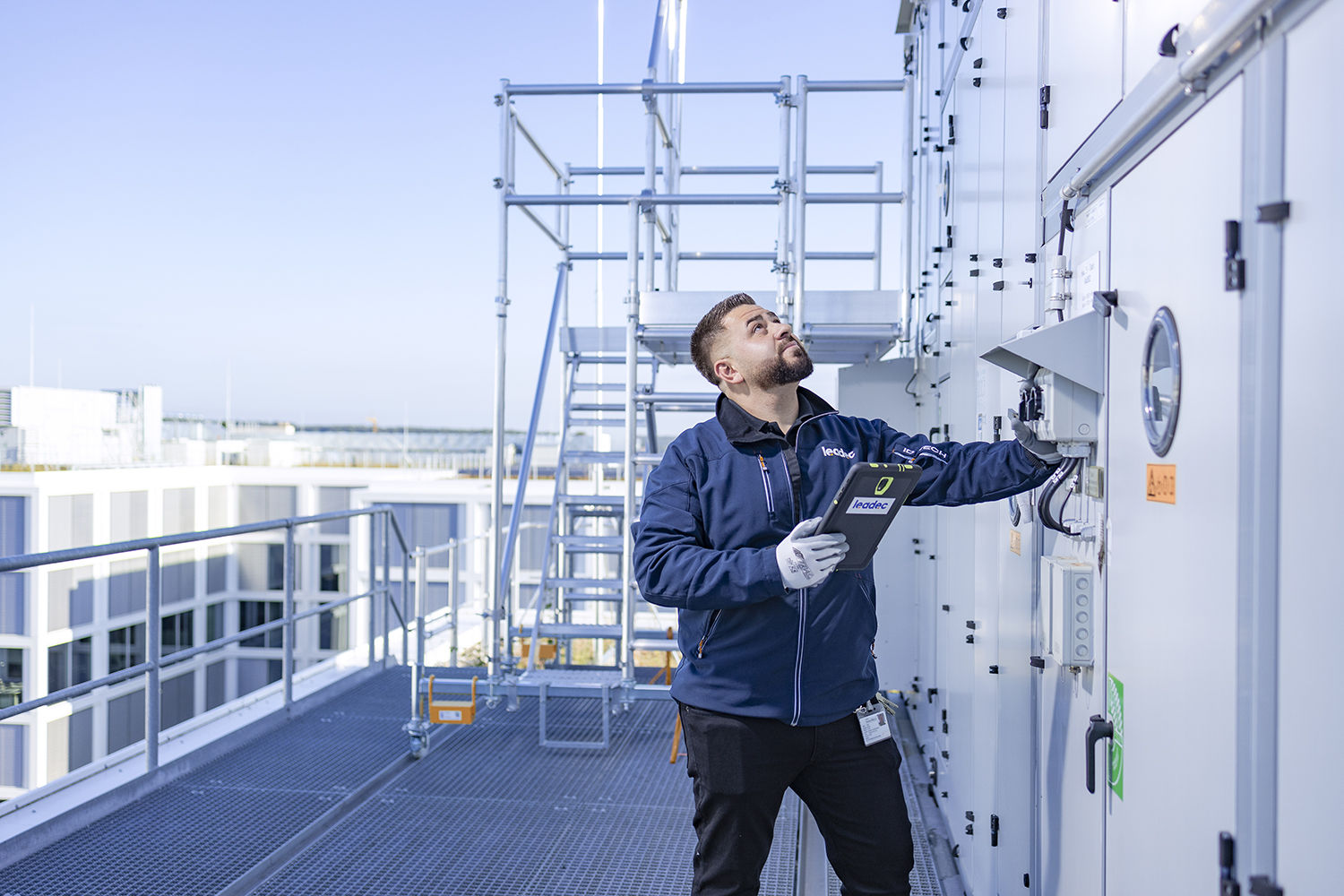Just How Total Facility Management Enhances Upkeep and Procedures
Total Facility Management (TFM) stands for a transformative shift in how companies come close to maintenance and operations. By leveraging data-driven approaches and incorporated innovation, TFM not just anticipates and reduces potential problems but likewise maximizes source allotment and enhances performance.
Boosted Maintenance Methods
Boosted Maintenance Methods are important for enhancing the efficiency and longevity of facilitiess. These strategies include a methodical approach to upkeep that stresses proactive actions, anticipating analytics, and condition-based monitoring. By applying such approaches, organizations can effectively lower unplanned downtimes and minimize operational disruptions.
One critical part of enhanced maintenance is the usage of data-driven decision-making tools. These tools allow facility managers to examine historic efficiency data, determine patterns, and forecast possible failings before they occur. This anticipating upkeep method not only prolongs the life cycle of devices however also enhances security and compliance requirements.
Empowering and training maintenance personnel are just as essential in carrying out improved approaches (Total Facility Management). Trained staff can perform routine assessments and address minor concerns prior to they intensify. Additionally, adopting a comprehensive possession management system promotes monitoring of equipment status, maintenance history, and scheduling of safety nets
Streamlined Operational Workflows
Enhancing operational process is important for the general effectiveness of facility management. By executing streamlined processes, companies can lower redundancies, minimize hold-ups, and improve productivity. A well-structured operational process allows facility managers to designate sources successfully, guaranteeing that jobs are finished in a prompt manner.
Using facilitiess management software can automate regular tasks such as work order management, inventory monitoring, and organizing. Clear interaction channels amongst team participants foster collaboration and accountability, better improving functional performance.
Systematizing procedures is an additional important part. Establishing finest techniques assists make sure that all team member are straightened in their method, minimizing the possibility of mistakes and boosting service shipment. Routine training and updates on process processes likewise play a crucial role in preserving consistency and efficiency.
Eventually, structured operational workflows add to a much more receptive facility management system, permitting companies to concentrate on strategic efforts rather than being slowed down by administrative problems. By prioritizing effectiveness, facility supervisors can significantly enhance the overall efficiency of their procedures.
Proactive Concern Resolution

Regular evaluations and keeping an eye on systems play a vital function in this procedure, making it possible for facility managers you could look here to gather information and prepare for prospective failures. In addition, cultivating open communication channels among team member encourages the early coverage of concerns, even more promoting punctual resolutions.
Implementing a comprehensive facility management software can simplify the monitoring of maintenance tasks and concern coverage, supplying valuable insights right into reoccuring issues and their origin. This data-driven approach allows for notified decision-making and prioritization of sources.
Ultimately, aggressive problem resolution not just maintains the stability of facility procedures but likewise enhances worker fulfillment and security. By spending in approaches that concentrate on prevention, companies can develop a much more resistant and reliable functional atmosphere, establishing a strong foundation for future development and success.
Cost Efficiency and Source Management
How can companies attain a balance in between price performance and effective source management in facility operations? The combination of total facility management (TFM) gives a strategic structure that improves economic performance while enhancing resource appropriation. By combining solutions, companies can improve operations, minimize redundancies, and utilize economic situations of range.
Efficient source management starts with a thorough analysis of existing assets and functional processes. Using data analytics, companies can recognize underutilized sources and address inadequacies. This informed method makes it possible for the application of targeted upkeep schedules, thus extending possession life and reducing unexpected downtime.

Educating and advancement of facility management employees further boost expense efficiency by outfitting them with the abilities required to handle sources sensibly. Ultimately, by taking you could check here on an all natural strategy to facility management, companies can attain considerable expense financial savings while ensuring that functional effectiveness continues to be a top priority.
Sustainability and Ecological Influence
The combination of total facility management (TFM) not just improves expense efficiency yet likewise plays a crucial function in promoting sustainability and decreasing environmental influence. By embracing an alternative method to facility operations, TFM facilitates the execution of lasting methods that decrease resource consumption and waste generation.
Among the essential elements of TFM is the optimization of power use. This consists of the fostering of energy-efficient technologies, routine maintenance of heating and cooling systems, and the utilization of clever structure management systems. These steps not only lower utility prices however likewise significantly decrease greenhouse gas discharges.
In addition, TFM advertises the use of sustainable products in facility upkeep and restoration projects. By prioritizing environment-friendly items and practices, facilitiess can lower their total ecological visit this site impact while cultivating healthier indoor atmospheres.

Verdict
In final thought, Total Facility Management considerably improves upkeep and operations via methodical techniques that emphasize anticipating analytics and condition-based surveillance. TFM promotes lasting methods, ultimately leading to enhanced facility management results and a culture of continual enhancement within companies.
Total Facility Management (TFM) stands for a transformative change in how organizations approach maintenance and procedures. Making use of facilitiess management software program can automate regular tasks such as job order management, supply monitoring, and organizing.Just how can companies achieve an equilibrium in between cost effectiveness and effective resource management in facility operations? The combination of total facility management (TFM) supplies a tactical structure that enhances financial performance while optimizing resource appropriation.In verdict, Total Facility Management dramatically boosts upkeep and procedures via methodical techniques that stress predictive analytics and condition-based monitoring.